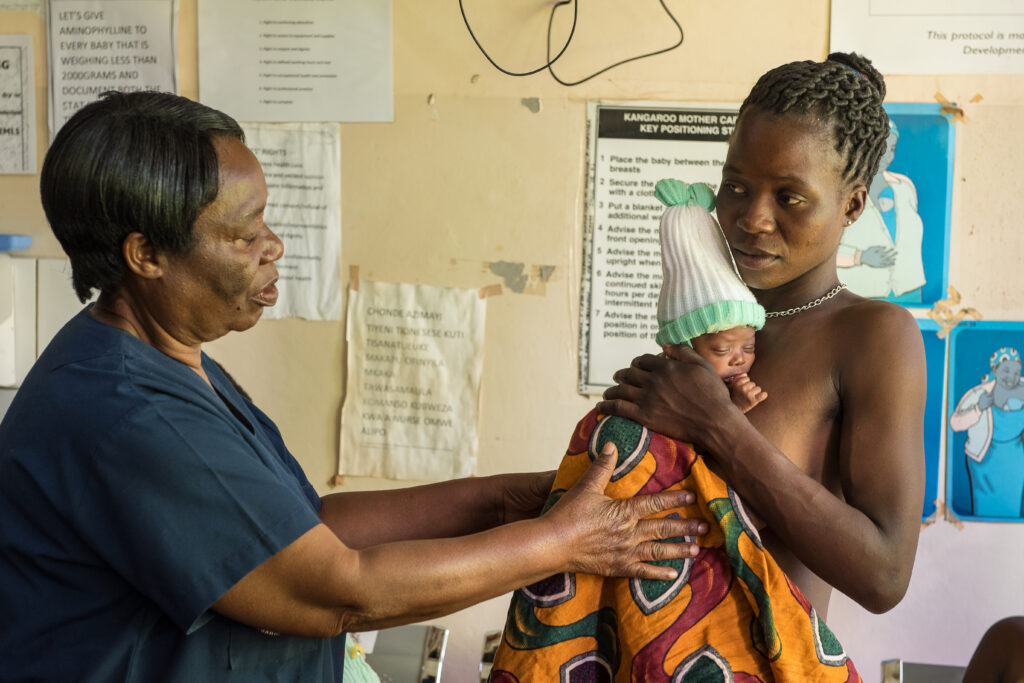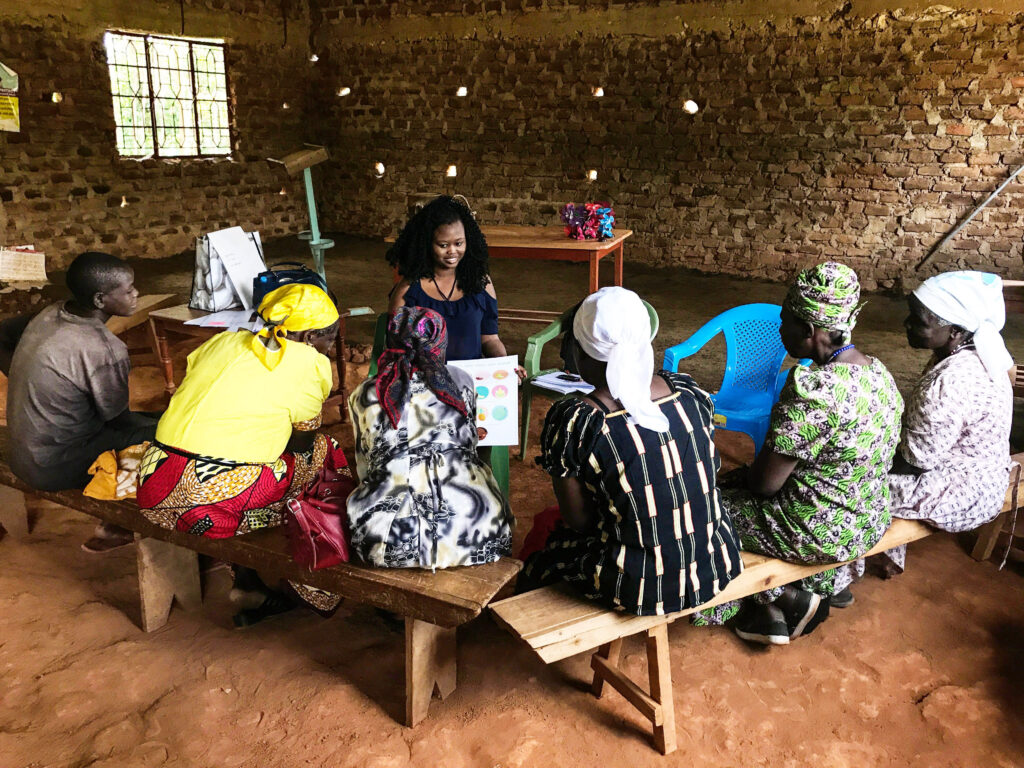Putting Patients at the Center to Strengthen Primary Health Care
Putting Patients at the Center to Strengthen Primary Health Care
By Sarah Birse, Martha Murdock, Shafia Rashid, and Dan Schwarz
![[Women participate in the opening ceremony of a Lea Mimba pregnancy club session at a health facility in Kenya.] {Photo by M4ID}](https://msh.org/wp-content/uploads/2018/10/photom4id1010303.715px.jpg)
Nearly half a century ago, world health leaders declared primary health care a key building block to achieving universal health coverage (UHC) at a summit in Alma Ata, Kazakhstan. The pledge, which was signed by 134 governments, identified health care as a fundamental human right, promoted the goal of equity, and affirmed the right and duty of people to drive their own health care decisions.
But funding constraints and prioritization of disease-specific work stalled progress toward that vision for most of the ensuing decades.
More recently, the world is newly aligned that primary health care (PHC) is the foundation for UHC and policymakers and donors alike are advancing the global PHC agenda with action and funding. Management Sciences for Health (MSH) has put PHC at the center of our work since our founding in 1971.
Through our longtime work in Afghanistan, for example, we have been promoting the use of village health workers to act as a foundation for community health and worked with health authorities to establish basic packages of health and hospital services. This work has made a significant contribution to the dramatic reduction in maternal and child mortality since 2002.
The renewed global focus on PHC also recognizes that high-quality PHC is person-centered, with individuals driving the decision making around their health. Such an approach, endorsed formally in a WHO framework in 2016, can boost health outcomes and patient satisfaction and promote health seeking behaviors over the longer term.

Within our own work, MSH has endeavored to design its programs in person-centered ways. For example, in Malawi, where MSH has been supporting PHC services for 20 years, we worked with the government and community groups to improve and promote kangaroo mother care (KMC) using a Family-Led Care model that ensures families and caregivers are brought into the framework as active participants instead of passive recipients of health care services. KMC is a low-tech innovation that aims to cut the rate of premature birth complications—a factor driving maternal morbidity and mortality.
Malawi has been an early adopter of KMC, which uses a simple wrap to encourage the mother or other caregiver to keep the baby warm with continuous skin-to-skin contact, increasing breast feeding and the ability to spot illness. This Family-Led Care model trains providers in identifying and caring for low-birthweight and premature babies, counseling mothers, post-discharge follow-up care, and case documentation and reporting.
Group antenatal care (ANC) is another example of how MSH has intentionally designed and implemented its PHC services in person-centered ways. Starting in 2016, MSH began testing these pregnancy clubs in eastern Uganda to cut the rate of maternal and newborn mortality. Typically, a cohort of 8 to 10 women within a community gather to share experiences, learn about their pregnancies, and socialize on a regular basis. Women sit in a circle to encourage participation and use picture cards and other visuals to facilitate learning. One-on-one clinical assessments occur between each woman and the health provider in a private area.
The work from Uganda was later adapted to western Kenya. There, women taking part were more likely to attend four or more ANC visits, rising to 76% from a baseline of about 50% one year prior to the intervention. Participants were also twice as likely to make birth preparations, such as putting aside funds and obtaining clothing and other needed materials.

Building on those successes, through the Healthy Mothers and Babies (Utz’ Na’n) project, MSH adapted the model to the Western highlands of Guatemala, where indigenous pregnant women are twice as likely to die from pregnancy-related causes than non-indigenous pregnant women in this region.
There, traditional Mayan midwives, or comadronas in Spanish, play an informal but key role in their communities by helping rural women stay healthy through pregnancy. Yet they have not been effectively integrated into the country’s PHC system.
The program incorporated traditional medicine and counseling on nutrition to convene indigenous pregnant women in small group ANC sessions at local health facilities, accompanied by village comadronas who speak the local language.
We introduced the facility-based group ANC model in 36 rural municipalities, reaching more than 3,000 indigenous pregnant women and adolescents over five months—an impressive number for such a setting. The Ministry of Health is now planning to incorporate the group ANC protocols in its revised reproductive health norms. MSH is expanding this model to Afghanistan and Bangladesh, covering a variety of group ANC topics for healthy pregnancies and improved newborn outcomes.
By centering program design on people and their communities, these interventions improve engagement and ultimately, health outcomes while increasing the efficiency of the country’s PHC system.
With a foundation of strong, person-centered PHC, governments and citizens are better prepared to meet the health care needs of the population—promoting health and preventing disease—while improving their ability to better respond to emergencies and other unexpected events like outbreaks of infectious disease. As the world looks toward 2030 and the goal of achieving UHC—the original vision of Alma Ata—these lessons are critical for helping us on the journey ahead.